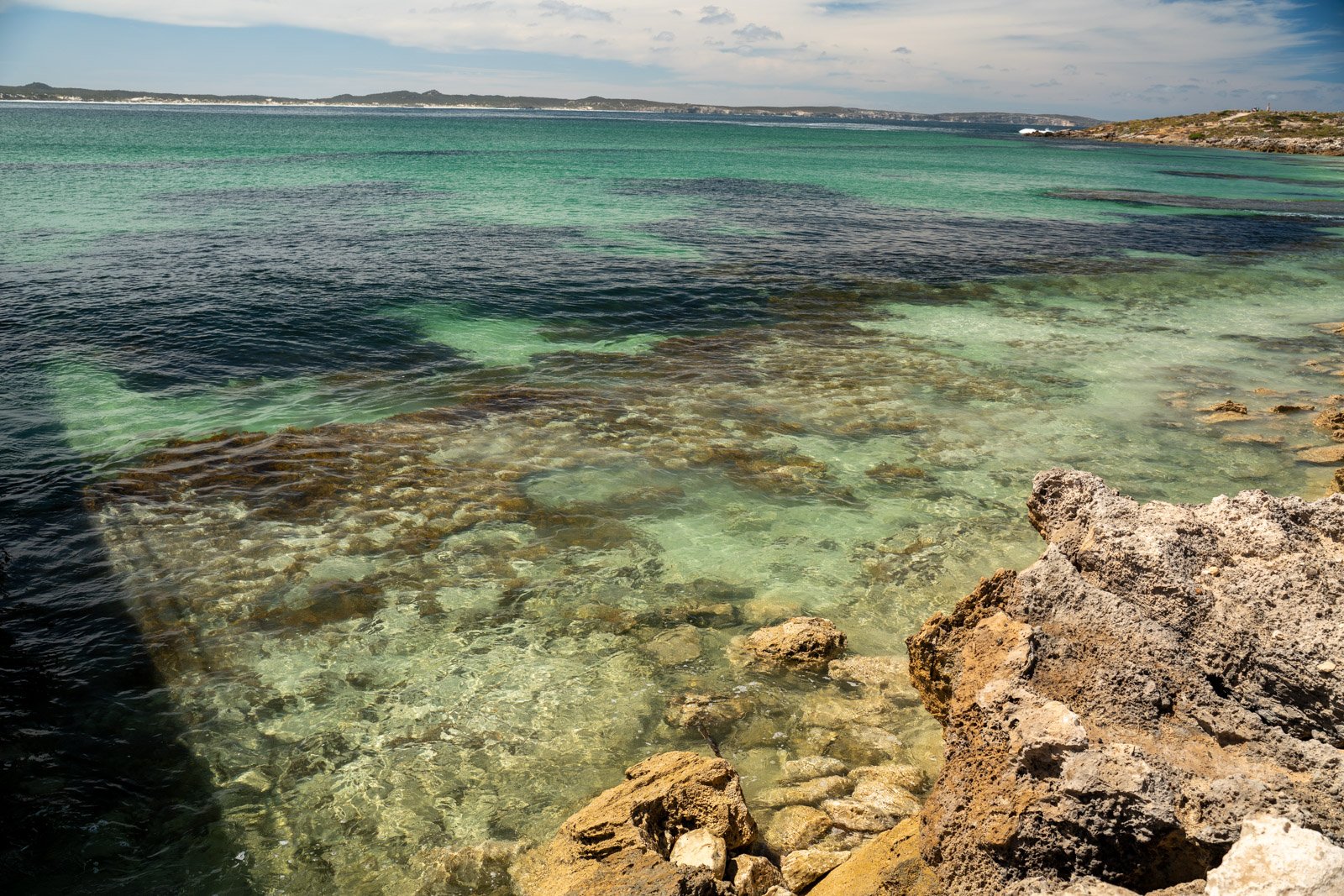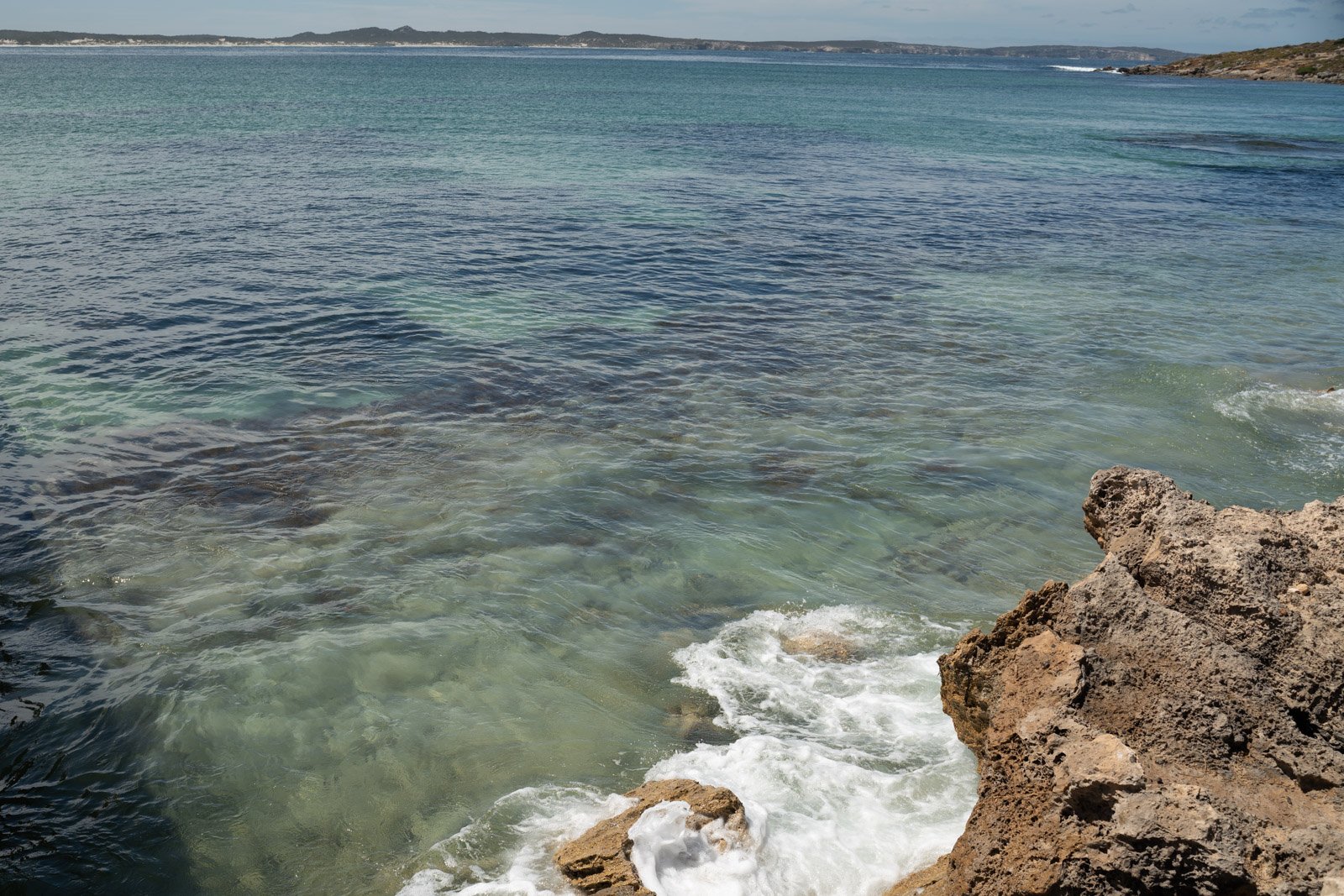Don’t forget to look beneath the water’s surface
Photography has long been a medium for capturing the beauty of the world above water. Yet, as technology evolves, so do our abilities to delve beneath the surface and uncover the hidden wonders of the aquatic realm. Enter the Circular Polarizing (CPL) filter – a powerful tool that not only enhances above-water images but also unlocks the captivating world beneath.
OKKO CPL Filter
Understanding CPL filters
Before diving into the depths, it’s essential to grasp the fundamentals of CPL filters. Typically used in landscape photography to reduce reflections and enhance color saturation, CPL filters work by selectively blocking certain polarized light waves. This effect is particularly beneficial when shooting water surfaces, where reflections can obscure details and colors.
Peering beneath the surface
When attached to a camera, CPL filters work their magic by cutting through surface glare and revealing what lies beneath. The filter’s ability to minimize reflections allows photographers to capture clearer, more vibrant images of aquatic environments. This is especially advantageous when shooting in shallow waters or near the surface, where reflections are most pronounced.
Enhancing clarity and color
One of the most remarkable aspects of CPL filters is their ability to enhance the clarity and color saturation of underwater scenes. By reducing glare and minimizing the effects of scattered light, these filters help photographers capture the true essence of underwater landscapes. From vibrant coral reefs to mesmerizing marine life, CPL filters bring out the vivid hues and intricate details that might otherwise be lost beneath the waves.
Balancing light and shadow
In addition to improving clarity and color, CPL filters also aid in balancing light and shadow in underwater photography. By selectively filtering light waves, these filters help create a more even distribution of light, resulting in well-exposed images with balanced highlights and shadows. This ensures that both the brightest highlights and the darkest shadows are accurately represented, preserving the natural beauty of the underwater world.
Tips for Using CPL Filters underwater
Experiment with different angles: Adjusting the orientation of the CPL filter can significantly impact its effectiveness in reducing reflections and enhancing colors. Try rotating the filter until you achieve the desired results.
Pay attention to composition: Just like in above-water photography, composition plays a crucial role in underwater images. Look for interesting subjects, patterns, and textures to create compelling compositions.
Mind the depth: While CPL filters can improve visibility in shallow waters, their effectiveness diminishes at greater depths. Keep this in mind when planning your underwater shoots and adjust your settings accordingly.
Also if you are wearing polarised sunglasses, it can be difficult to see the CPL’s effect, so remove them when shooting.
In summary
CPL filters serve as invaluable tools for unlocking the hidden beauty beneath the surface. By minimizing reflections, enhancing color saturation, and balancing light and shadow, these filters allow photographers to capture the captivating world that lies beneath the waves. Whether exploring coral reefs, underwater caves, or marine life, CPL filters open up a world of possibilities for photographers seeking to immerse themselves in the enchanting depths of the ocean.






